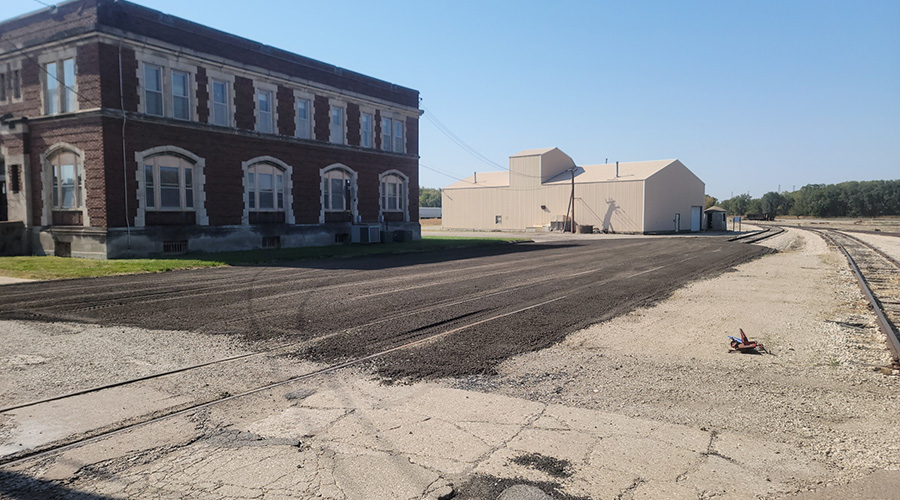Alaska Railroad continues to tally more traffic
4/21/2022
By Jeff Stagl, Managing Editor
The 14th week in 2022 wasn’t as kind to regionals and short lines traffic-wise as the year’s first 13 weeks. For the week ending April 9, 457 small railroads handled 133,994 carloads, down 3.9%, according to the RailConnect Index of Short Line Traffic compiled by Wabtec Corp. subsidiary GE Transportation.
Fortunately, the small roads’ total traffic through 14 weeks remained on the upside, inching up 0.4% year over year to 1,848,915 units. Gains in coal, waste/scrap materials, petroleum/coke, stone/clay/aggregates and paper products carloads helped drive the slight increase.
Many regionals and short lines had entered the 14th week after a prosperous first quarter, with the Alaska Railroad Corp. (ARRC) among them. In Q1, the regional’s intermodal traffic jumped 20.7% to 5,294 units and rail-car count rose 9.5% to 4,307 units on a year-over-year basis.
ARRC operates about 656 miles of track, including a branch to Whittier used to interchange cars coming and going to the United States via rail barges that sail between the Port of Whittier and Seattle’s Harbor Island. The regional also maintains a more than 470-mile mainline runs between Seward and Fairbanks, and provides passenger-rail service.
ARRC’s Alaska Rail Marine Service (ARMS) is the regional’s rail-barge Intermodal operation. Barges transport containers and rail cars from Seattle to Whittier, Alaska, where they are loaded on trains.
 Alaska Rail Marine Service is Alaska Railroad’s rail-barge operation. Barges transport containers and cars from Seattle to Whittier, Alaska, where they are loaded on trains. Alaska Railroad Corp.
Alaska Rail Marine Service is Alaska Railroad’s rail-barge operation. Barges transport containers and cars from Seattle to Whittier, Alaska, where they are loaded on trains. Alaska Railroad Corp. An overall increase in demand for all commodity types normally moved in trailers and containers helped drive the intermodal traffic gain, said ARRC Regulatory and Corporate Communications Officer Stephenie Wheeler in an email.
Another factor? Commodities shipped on the ARMS barge previously came to Alaska via the now discontinued CN barge out of Prince Rupert, British Columbia, she said.
In terms of ARRC’s total rail-car traffic in Q1, a boost came from rail barge traffic generated by oil and gas-related activity in the North Slope oilfields.
“Oilfield products are strong this year, as [producers] moved out of a pandemic operating year into 2022,” said Wheeler.
The regional also benefitted from increased demand in the gold mining industry and gains in petroleum commodities during Q1.
The first quarter continued a stretch of strong volume for ARRC that gained steam in 2021. In fourth-quarter 2021, the railroad registered 5,273 intermodal units and 4,383 cars, with both up on a year-over-year basis. Intermodal volume exceeded 6,000 units in both Q2 and Q3 last year.
For full-year 2021, ARRC marked traffic gains by handling 22,056 intermodal units and 15,589 cars.


